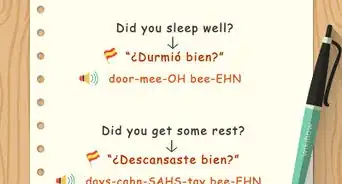wikiHow is a “wiki,” similar to Wikipedia, which means that many of our articles are co-written by multiple authors. To create this article, 23 people, some anonymous, worked to edit and improve it over time.
This article has been viewed 132,649 times.
Learn more...
Learning how to apologize in Spanish is no mean feat, as there are multiple ways of saying you're sorry, excusing yourself or asking for forgiveness, all of which vary depending on the context. Whether you're asking someone to pardon a minor behavioral issue or asking for forgiveness for a larger transgression, knowing how to use an appropriate apology for the situation is important. Luckily this article will show you how!
Steps
Making Everyday Apologies
-
1Use "perdón" to excuse yourself in minor situations. Perdón is essentially the Spanish equivalent to the English "pardon" or "excuse me."
- "perdón", pronounced "perr-donn" can be used in most minor, everyday incidents, such as accidentally bumping into someone or interrupting someone.
- Alternatively, you can say "perdóname", pronounced "perr-donn-ah-may", to give a more direct apology.
-
2Use "disculpa" to apologize for minor incidents. The word disculpa, which translates as "apology" or "excuse" and is pronounced as "dees-kool-pah" can be used to mean "forgive me." It is appropriate for minor incidents in which you need to excuse yourself. It can be used in the same situations as perdón.
- When making an informal apology you would say "tú disculpa;" but when making a formal apology you would say "usted disculpe." When you say "tú disculpa" or "usted disculpe", you are literally saying "you forgive me", though it's an imperative.[1]
- As a result, "tú disculpa" and "usted disculpe" are listener-oriented apologies, because they make the listener the subject of the sentence. This structure, which is common in Spanish, places the emphasis on the listener's ability to forgive you rather than on your own feelings of regret.
- Alternatively, you can just say "'discúlpame", pronounced "dees-kool-pah-meh", which simply means "forgive me" or "excuse me" (informal).
Making Serious Apologies
-
1Use "lo siento" to express remorse or ask for forgiveness. Lo siento, which literally means "I feel it," is the phrase that most novice Spanish speakers will learn as the all-purpose apology.
- You can also say "lo siento mucho" or "lo siento muchísimo," meaning "I'm so sorry" or "I'm very sorry." Another variation with the same meaning is "cuánto lo siento." ( how sorry I am)
- This apology is appropriate for serious situations such as the death of a loved one, a break-up, or a firing or layoff.
- Lo siento is pronounced as "loh syenn-toh".
-
2Say "lo lamento" to express deep regret. Lo lamento literally means "I regret it." It can be used in place of lo siento to express remorse in more serious situations.
- To say "I'm terribly sorry", you can use the phrase "lo lamento mucho", pronounced "loh lah-menn-toh moo-cho".
Using Apologetic Phrases
-
1Say "I'm sorry about what happened". To say this, use the phrase "siento lo ocurrido," which is pronounced as "syenn-toh loh oh-coo-ree-doh".
-
2Say "a thousand apologies". To say this, use the phrase "mil disculpas", which is pronounced "meel dees-kool-pahs".
-
3Say "I owe you an apology". To say this, use the phrase "te debo una disculpa", which is pronounced as "tay day-boh oo-nah dees-kool-pah".
-
4Say "please accept my apology". To say this, use the phrase "le ruego me disculpe" (informal), which is pronounced as "lay rway-go may dees-kool-pay".
-
5Say "I'm sorry for the things I've said". To say this, use the sentence Pido perdón por las cosas que he dicho, which is pronounced as Pee-doh perr-donn por las koh-sas kay ay dee-cho.
-
6Say "I was wrong" or "it's my fault". To say "I was wrong", use the phraseme equivoqué, pronounced "may eh-kee-boh-kay". To say "it's my fault" use the phrase "es culpa mía", pronounced "ess kool-pah me-ah".[2]
-
7Give a personalized apology. Try using the Spanish apologies above combined with other vocabulary to construct an apology specific to your situation.
Community Q&A
-
QuestionHow do you say "I am sorry about that"?
 Community AnswerYou can say "lo siento por eso," but if it's in general, it's "lo siento."
Community AnswerYou can say "lo siento por eso," but if it's in general, it's "lo siento." -
QuestionHow do I say "accurate" in Spanish?
 DonaganTop AnswererThere are several ways to say it: preciso, acertado, certero, exacto, fiel.
DonaganTop AnswererThere are several ways to say it: preciso, acertado, certero, exacto, fiel. -
QuestionHow would I say "Sorry I'm a bit late, I've been busy"?
 Community AnswerYou would say "Disculpa llego tarde estaba ocupada."
Community AnswerYou would say "Disculpa llego tarde estaba ocupada."
References
- ↑ https://www.spanishpod101.com/blog/2019/09/12/how-to-say-sorry-in-spanish/
- ↑ https://www.realfastspanish.com/vocabulary/mistaken-confused
- http://letsgospanish.wordpress.com/2013/02/17/how-to-say-im-sorry-in-spanish-lo-siento-perdon-y-disculpe/
- http://dictionary.reverso.net/spanish-english/disculpa
- http://www.carla.umn.edu/speechacts/sp_pragmatics/Apologies/apologies_home.html
About This Article
To say sorry in Spanish, say “lo siento.” You can also say, “lo siento mucho,” which means, “I’m very sorry.” To express deep regret about something, say, “lo lamento,” which translates to “I regret it.” To say sorry in Spanish for something minor, like accidentally bumping into someone, say, “perdón” instead. There are a lot of other ways you can phrase an apology in Spanish. For example, you might say, “Siento lo ocurrido,” which means, “I’m sorry about what happened,” or you could say, “Te debo una disculpa,” which means, “I owe you an apology.” “Me equivoqué” means “I was wrong,” and “Es culpa mía” means “It’s my fault.”
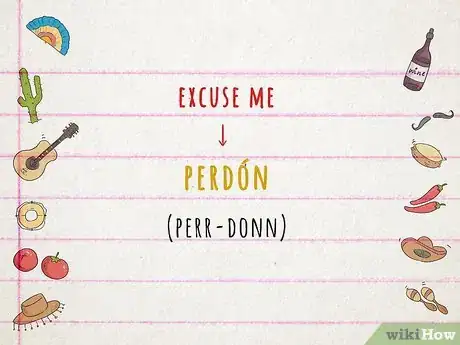

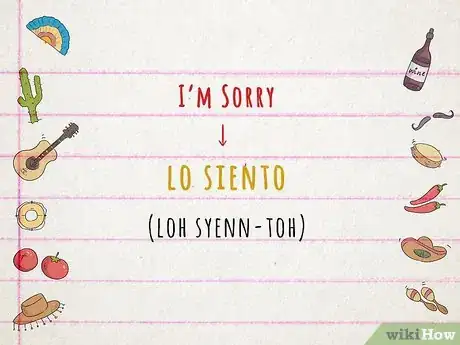


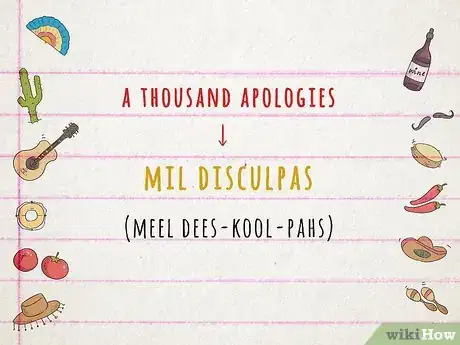

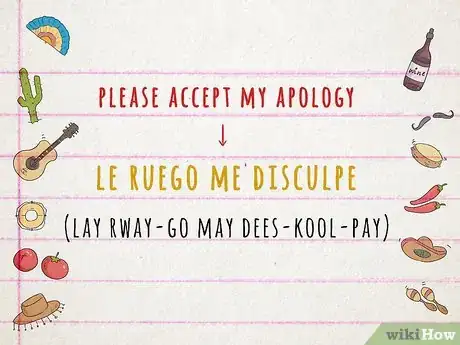






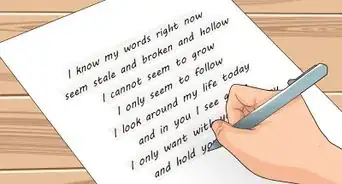

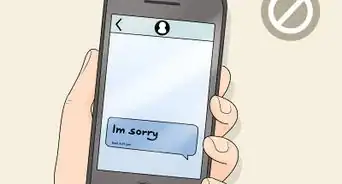




-Step-16-Version-2.webp)


